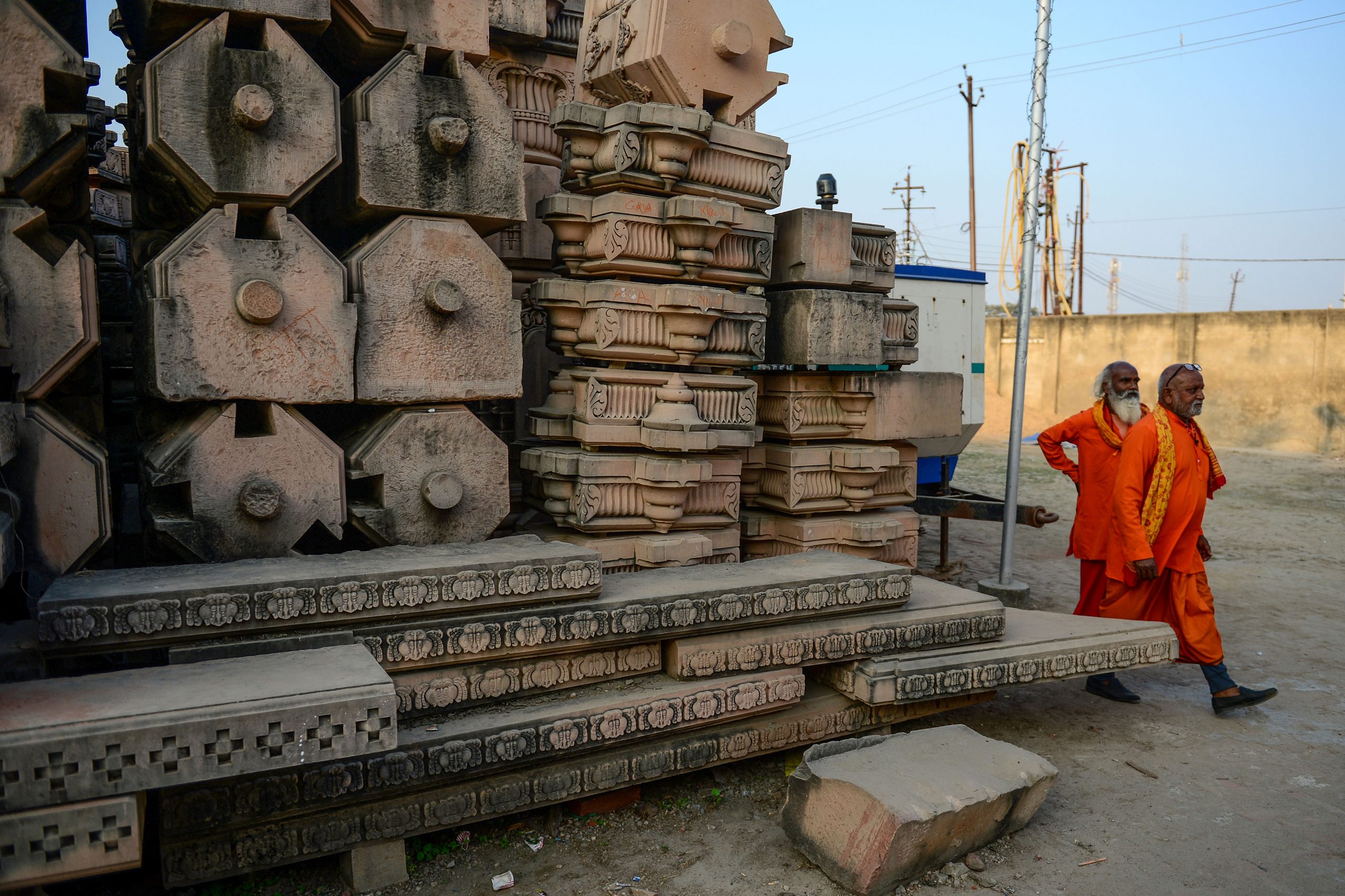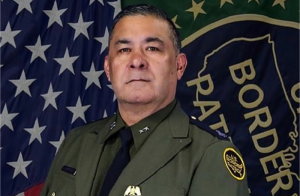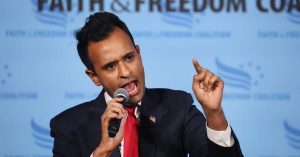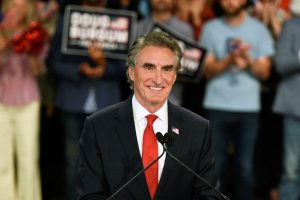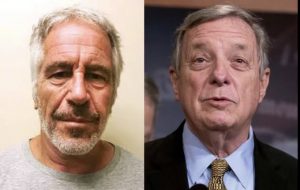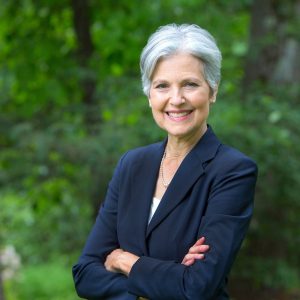It is the end of a 134-year old court battle that finally gives Ayodhya its much-debated and much-awaited Ram temple that will for posterity mark the birthplace of Ram, the most revered Hindu God.
The issue did have a significant role in twisting as well as shaping the political destiny of India over the past four decades, when the country witnessed unprecedented religious polarization that heralded the rise of Bhartiya Janata Party (BJP) to incredible heights.
In fact, the history of this temple goes back to the times when trouble started brewing between local Hindus and Muslims shortly after the construction of a grand mosque in Ayodhya during the mid-16th century. The mosque was erected by Mughal emperor Babur’s army commander Mir Baqi , who named it Babri Masjid as a mark of honour to the founder of the Mughal dynasty.
However, it was only in the aftermath of the first war of independence in 1857 that the dispute was taken to court. While no one at that point of time said that the mosque was built at the site of a demolished ancient Hindu temple, the first legal petition seeking construction of a temple at the site was moved in 1885 by a local Hindu priest Mahant Raghubar Das.
He sought permission of the Ayodhya Sub-Judge to build a temple in the Eastern courtyard of the Babri mosque , that was described as the birthplace of Lord Ram and popularly known among local Hindus as ‘Ram Chabootra’. Hindus were known to be using the spot for chanting hymns in praise of Ram, as a consequence of which it has witnessed skirmishes between Hindus and Muslims at different intervals.
Mahant Raghubar Das moved the application so that the dispute could be brought to an end and the tiny piece of land could rightfully be allotted to Hindus, who could have their own place of worship there.. Significantly, the mahant did not stake any claim over the land on which the Babri Masjid stood.
It was only in the later years that Hindus started demanding the land on which the mosque stood as the birthplace of Ram.
The Hindu Sub Judge Pandit Hari Kishan felt that even though there was clear cut demarcation between the ‘Ram Chabootra’ and the mosque ,permission could not be granted for construction of a temple there. He ruled, “if a temple is constructed on the chabutra at such a place then there will be sound of bells of the temple and ‘shankh’ (conch shells) when both Hindus and Muslims pass from the same way, and if permission is given to Hindus for constructing temple then one day or the other criminal cases will be started and thousands of people will be killed.”
Das chose to make an appeal before the District Judge Col .F.E.A Chamier, who upheld the sub-judge’s order in March 1886. Chamier, however dismissed Hari Kishan’s observation , whereby he had confirmed Raghubar Das’s ownership of the ‘chabootra’ land. What made it worse was Chamier’s remark, “It is most unfortunate that a masjid should have been built on land specially held sacred by the Hindus, but as that event occurred 356 years ago it is too late to remedy the grievance.”
Chamier’s pointed observation – “The chabutra is said to indicate the birthplace of Ram Chandra.” – is what became the basis of the Muslim assertion that the plot on which the mosque stood was not the birthplace of Ram.
Dissatisfied with the district judge’s order, Mahant Raghubar Das moved a higher appeal before the Judicial Commissioner W. Young , who on November 1, 1886 ruled that the Hindus wanted to create a “new temple” over the “holy spot” that was said to be “birthplace of Sri Ram Chandra.” That further substantiated the fact that the bone of contention was the ‘chabootra’.
While dismissing Raghubar Das’s claimed ownership of the ‘Ram chabootra’, Young went on to add, “now this spot is situated within the precinct of the grounds surrounding a mosque erected some 350 years ago owing to the bigotry and tyranny of the Emperor Babur, who purposely chose this spot, holy to Hindus, as the site of his mosque.”
Only if Young had known how much bigotry , communal divide and religious violence which actually took place in the century that followed, could have been avoided if he had not held such a view. For all you know, if construction of a temple had been permitted at the Ram Chabootra way back in 1885-86, perhaps the temple and mosque could have co-existed peacefully , as in so many other places across the country.
However, that was not destined to happen . Yet, somehow the British managed to buy peace for quite sometime. Neither Babri masjid nor Ram Janmbhoomi were in the news for the next few decades . Trouble over the issue sparked off once again only as late as in 1934 , when a communal riot erupted over a cow slaughter in Ayodhya . Hindu ‘bairaagis’ attacked the Babri Masjid and even damaged two of its domes on which the British government undertook repairs .
As a measure of deterrence ,the local administration also clamped fine on the rioters who had to shell out all the money that was spent by the administration on the repairs .
The British did succeed in their bid to bring the tempers down and once again there was lull for the next 15 years . Barely two-and-a- half years after independence . there was yet another strike on the Babri Masjid and this time a decisive one.
It was a cold winter night of December 22-23,1949 , when a Hindu group sneaked into the mosque and managed to install an idol of Lord Ram inside , where they also began chanting Ram bhajans. What followed was convergence of a huge Hindu crowd , amidst loud claims that Lord Ram’s idol had appeared from the heavens .Many went to the extent of also claiming to have heard some “akashvaani” (divine call) describing the spot .where the idol was installed. as the birthplace of Ram.
Much commotion prevailed right from the state capital Lucknow to the national capital Delhi, where the then prime minister Jawaharlal Nehru was furious . Home minister Sardar Patel was asked to speak with chief minister Gobind Ballabh Pant who in turn castigated the Faizabad district magistrate K.K.K Nayyar . But Nayyar , an ICS officer refused to have the idol removed. His soft corner for the Hindutva forces got exposed later when he resigned from service, joined the Hindu Mahasabha and got elected from Faizabad as a Member of Parliament.
While the issue was hanging fire , a local judge on December 29,1949 declared Babri Masjid a “disputed property” and ordered status quo to be maintained. Muslims were barred from entering the mosque and its main gate was locked. However, Hindu priests were allowed to enter the premises through a side gate for carrying out routine religious rituals and ‘puja’. However, the place remained out of bounds for ordinary Hindu devotees.
Locks of Babri Masjid opened by orders of the district judge of Faizabad in January 1986 , which came as yet another landmark in the history of the long legal battle for Ayodhya. Interestingly, district judge K.M.Pandey who issued the order for opening of the gates, got elevated as judge of the Allahabad High Court.
A year later, three different suits pending before the Faizabad district judge were transferred to the Lucknow bench of Allahabad High Court.
Eventually , the mosque was razed by violent karsewaks on December 6, 1992, which became a turning point not only in the history of Ayodhya but also in the political destiny of the country. The demolition led to large scale communal rioting across the length and breadth of the country , killing nearly 3000 Hindus and Muslims. Many attribute the rise of Islamic fundamentalism also to Babri demolition.
Meanwhile , hearing gained pace in the title suit case in the Lucknow bench of the Allahabad High Court. A long-drawn battle began as parties concerned started presenting their arguments.
Finally, in September, 2010, the Allahabad High Court gave its verdict ,trifurcating the disputed land into three equal parts – to be shared by the three parties. But that was not acceptable to any of the parties who went into appeal before the highest court of the land.
After much dilly-dallying , Chief Justice of India Ranjan Gogoi declared one day that he would decide the issue once and for all during his tenure. And sure enough , on November 9, 2019,he did that by conceding the claim of Hindus to build a temple. Interestingly, the criminal trial for demolition of the Babri Masjid was still pending before a special court since 1992 and may go on for some more years. Meanwhile, soon after retiring from the highest judicial office, Gogoi has got nominated as member of the Rajya Sabha – a position perhaps much lower in protocol than the prestigious office he had held.
Meanwhile, keeping BJP’s long held and oft repeated electoral promise with the masses, prime minister Narendra Modi is arriving in Ayodhya on August 5 for yet another epoch-making event – perform ‘bhoomi puja’ to kick-start the construction of the much-awaited Ram temple.
Sharat Pradhan is a senior journalist based out of Uttar Pradesh, with a standing of more than four decades. He has, in the past, worked with Times of India, Reuters, Outlook and is now a freelance contributor for BBC, Sunday Observer, Sunday Mail, and many other big media houses.

